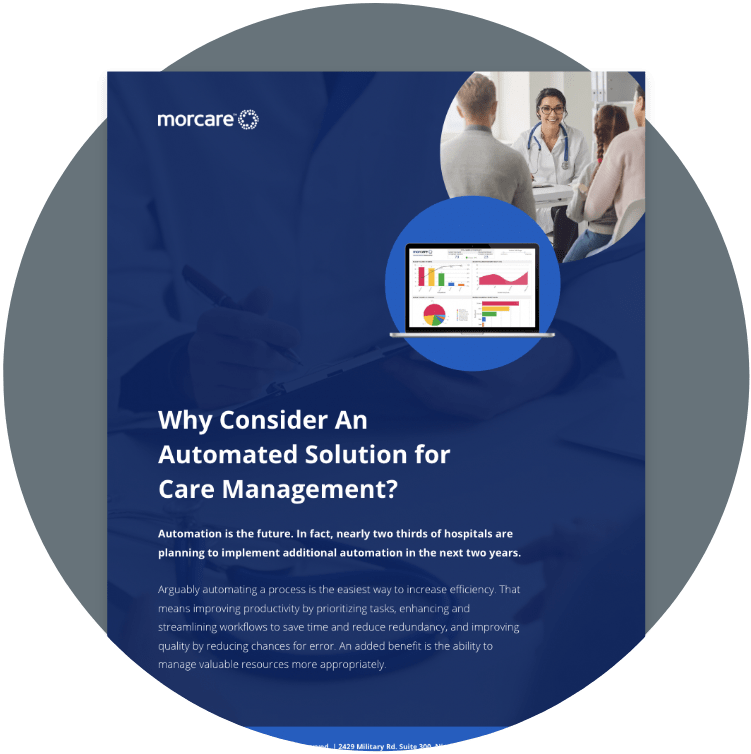In a healthcare setting, quality compliance is paramount to keeping your practice safely up and running. But with so many different laws and regulations along with constant change, it can be difficult to make sure that everyone in your practice is aware of these guidelines and knows how to follow them. To do so, there are a number of steps you must follow, such as training staff, monitoring progress, and using automation software solutions.
Take a look at some of the key areas of quality compliance, along with the top strategies you can employ to assure quality compliance in your healthcare organization.
Understanding Quality Compliance
Quality compliance means that your practice is following the regulations and guidelines set by regulatory bodies at local, state, federal, and industry levels. Healthcare providers must comply with the standards set by regulatory bodies to ensure high-quality patient care and safety.
Some of the most notable aspects of quality compliance that you should familiarize yourself with include:
- Clinical processes and procedures -These refer to various aspects of care, including patient assessment, diagnosis, treatment, and follow-up care. Protocols must be established and followed meticulously so that patients are able to receive the best possible care from your practice.
- Patient safety – Patients remaining safe while receiving care in your practice is a significant aspect of quality compliance. This includes but is not limited to preventing falls, infections, medication errors, and more. The more you are able to follow quality compliance, the safer your practice will be for your patients.
- Data security and privacy – As many healthcare workers could attest to, HIPAA compliance is a top priority for any medical office. Data security and privacy involves complying with HIPAA and storing patient data in safe, secure, and reliable places where it can be retrieved by only authorized parties.
- Human Resources – Part of being quality compliant means that your human resources department has to follow appropriate hiring practices, maintain staff qualifications, ensure proper training, and establish a safe working environment for employees.
- Accreditation and certification – It’s important that everyone in your practice has the proper accreditations and certifications to be doing their jobs. Quality compliant medical offices must ensure that all of their doctors and other staff are properly accredited and certified to practice at your organization.
Establishing Quality Compliance in Your Organization
Conduct a Risk Assessment
The first step you must complete to establish quality compliance in your organization is to assess any current risks to maintaining compliance. Once these are identified, you can then move forward with a plan to eliminate them to ensure compliance.
A risk assessment can involve a number of tactics to gather the information you need to gauge the current state of your organization. For example, you can start with any of the following:
- Interviewing managerial staff about any compliance concerns they’ve witnessed
- Reviewing your patient data management processes and guidelines
- Hiring a lawyer that specializes in healthcare law to conduct an audit for your organization
- Implementing a new software solution that could potentially identify compliance gaps
- Reviewing legal documents from state, federal, and industry authorities and comparing them to your own compliance standards
Establish Policies and Procedures
Upon assessing risks, you need to establish policies and procedures that are able to effectively counteract these risks. These policies have to allow for you and your staff to better comply with standards and regulations in the practice so that no compliance is being broken at any time.
Educating Staff
Your practice can only be quality compliant if your staff are aware of the necessary policies and procedures in place. It’s important to develop a training program that keeps your staff up to date on new or updated policies/procedures.
Monitor Progress
Once any new policies or procedures are instated, they must be monitored to ensure that they’re working. Be sure to run checks to see if these policies are leading to increased, decreased, or no increase in compliance.
Continuous Improvement
Assuring quality compliance in your medical practice is never a one and done deal. To make sure that you’re always improving your compliance, be sure to provide ongoing resources and training to help your staff remain consistently educated on the latest developments in healthcare.
Use Technology Designed to Automate Compliance-Intensive Administrative Tasks
Luckily, there are a number of technology solutions that are designed to automate administrative tasks which are often compliance-intensive. Utilizing this technology will take a burden off your staff and ensure that no boxes are going unchecked when dealing with compliance-related administrative tasks.
Take the Burden Out of Quality Compliance
MorCare is a developer of innovative software solutions for healthcare administrators to streamline quality management by reducing costs, improving quality outcomes, detecting patient and system quality concerns, meeting payor demands, and making smarter data-driven decisions.
To learn more about how MorCare’s solutions can increase compliance in your medical organization, request demo today.

